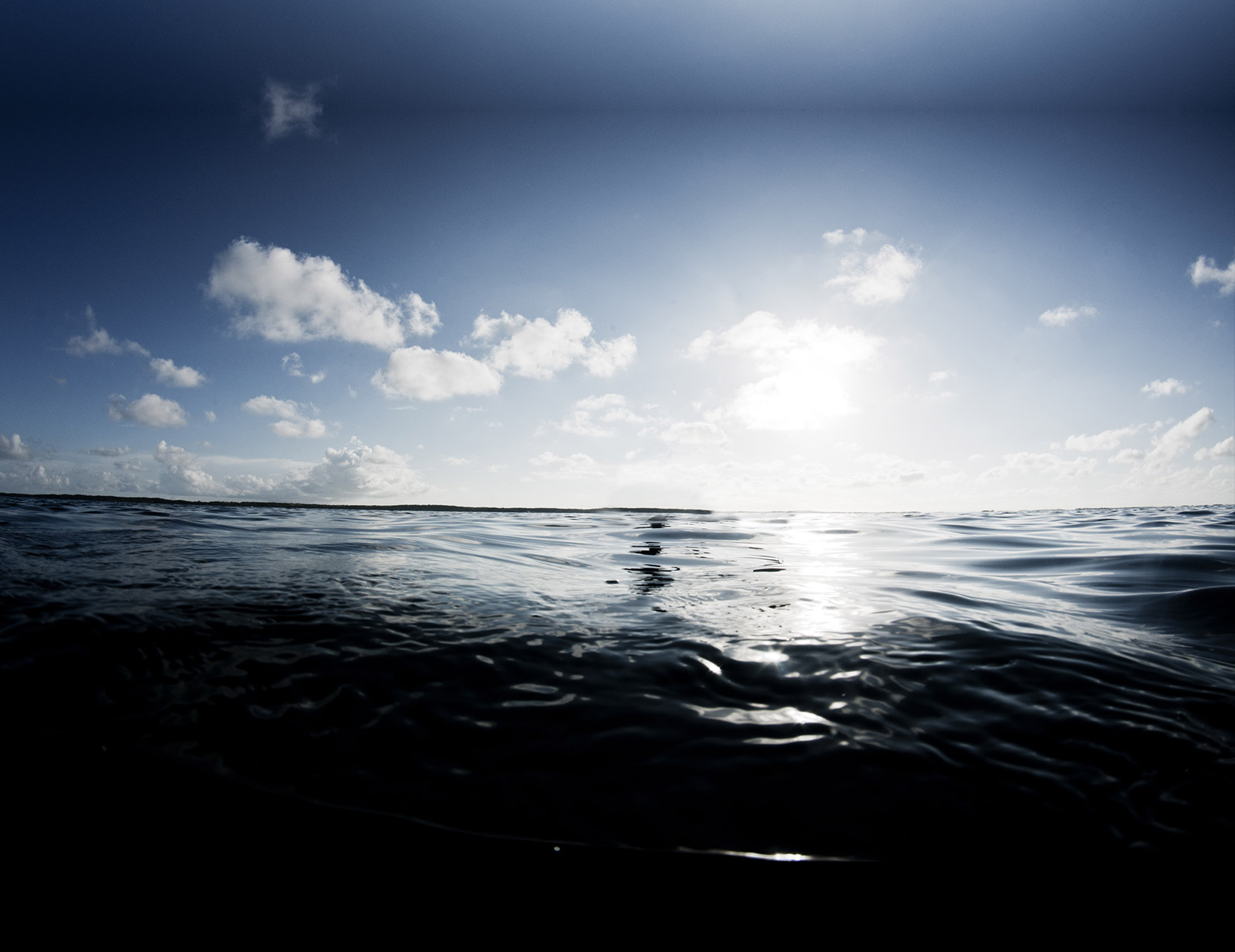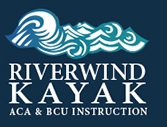Basic Strokes
Forward stroke
Sweep stroke
Reverse strokes
Beam draw (In water recovery)
Sculling draw
Scull for support
Low brace
Minimum Personal Equipment for the course:
Properly sized and outfitted sea kayaks with front and rear flotation and related paddling and safety
equipment (I.e. paddles, PFDs, spray skirts, paddle floats, bilge pumps & wet suits if necessary).
Course Location: Optimum conditions are flat water (minimal current, waves less than one foot and winds
less than 10 knots), near enough to shore for video recording.
Course Ratio: 1 Instructor to every 5 students (1:5) / 2:10 with an additional instructor or qualified assistant
Successive Courses: Open Water skills, Surf, Tidal Currents, Rough Water.
Dry-land presentation (45 Minutes)
The dynamics of boat control
The pressurized bow and free stern
Shaft and blade angles, catch and release points, the box, torso rotation and driving the foot pegs
Edging to unlock the trailing keel
Working with wind
On-water Presentations Strokes:
Forward Stroke
Comfortable extension forward and maintain box
Hands at shoulder height and “in plane”
Drive foot peg on the same side as the stroke
Torso rotation (10 o’clock to 2 o’clock)
Short stroke (in at feet out at hips)
Relatively high shaft angle (depending on boat, anatomy, paddle length etc.)
Sweep Stroke
Torso rotation (windup)
Blade in at feet just below water
In flat water, follow blade with eyes. In rough water, look through turn
Maintain box & drive w/ on-water peg
Catch, release = bow to stern waterline
More edge = less waterline
Low shaft angle for maximum extension
Reverse Strokes (to propel, maneuver, stop)
Method A. Same initial set-up for propulsion, maneuvering and emergency stops
Maintain paddler’s box, rotate torso around spine, (don’t lean back), place back face flat on water, 45 degrees off keel line (will require
that you edge the boat)
Unwind torso while rotating wrist up & forward to keep back face loaded, blade just below surface
To correct heading, hold edge longer and finish stroke further toward the bow
Practice technique w/ reverse figure 8’s.
Method B. Different initial set-up for propulsion than for sweeps
To propel or stop, position paddle parallel to the boat, back face down.
Begin catch near 6 O’clock position and drive back face forward along the boat’s longitudinal axis
To sweep, position paddle parallel to boat, back face out, blade near 6 o’clock position
Drive back face out in an arc toward the bow, edging toward the on-water blade
Beam Draw (In water recovery)
Face your work (rotate torso)
Anchor off-water arm across chest
Sight over off-water wrist
Control w/ on-water hand
Extend shaft and pull power face to boat
Blade deep in water
Rotate wrist and slice away for re-set
Sculling Draw
Rotate torso to face your work
Anchor both elbows and power with torso
Vertical shaft
Angle leading edge of blade slightly away
Rotate wrist to change leading edge
Short stokes (1-2 ft arc, 6-18 inches out)
Sculling for Support
From high brace position, power face down
Flat shaft angle
Blade at surface, slight climbing blade angle
Control w/ on-water hand
Torso over water
Don’t push down, create lift by pushing blade fore & aft w/ slightly high leading edge
Braces
Low Brace
Flat shaft angle
Elbow over shaft
Maintain reference grip
Use back face to create “depth charge”
Hip snap to recovery

